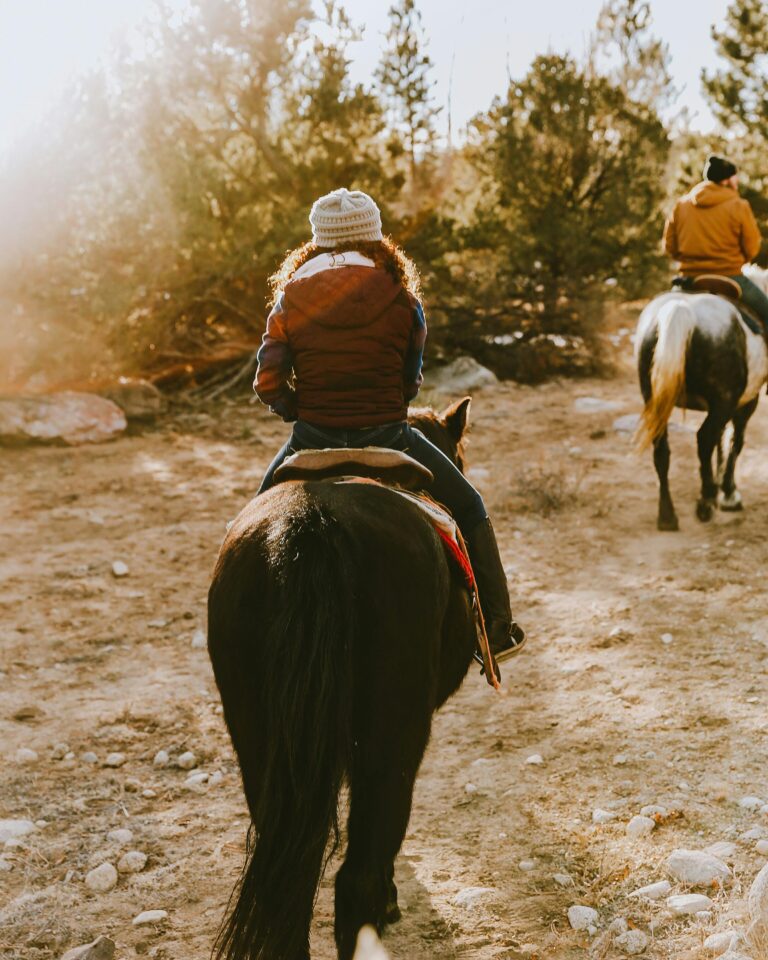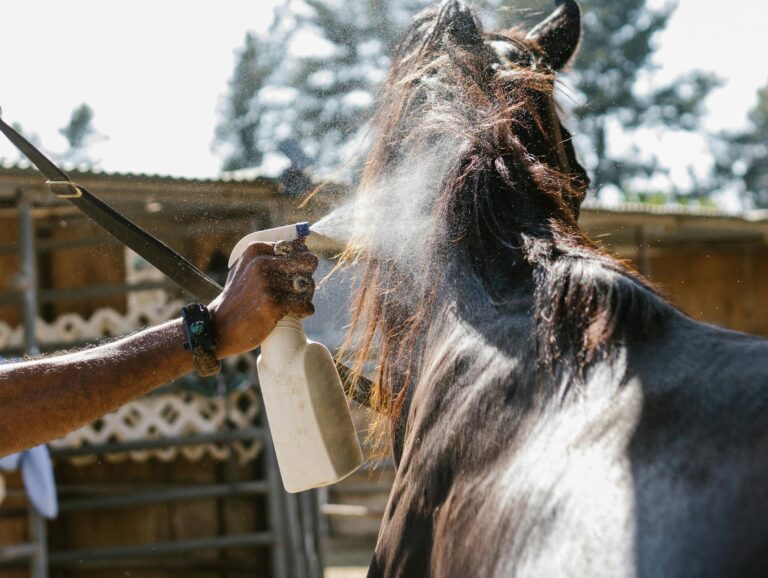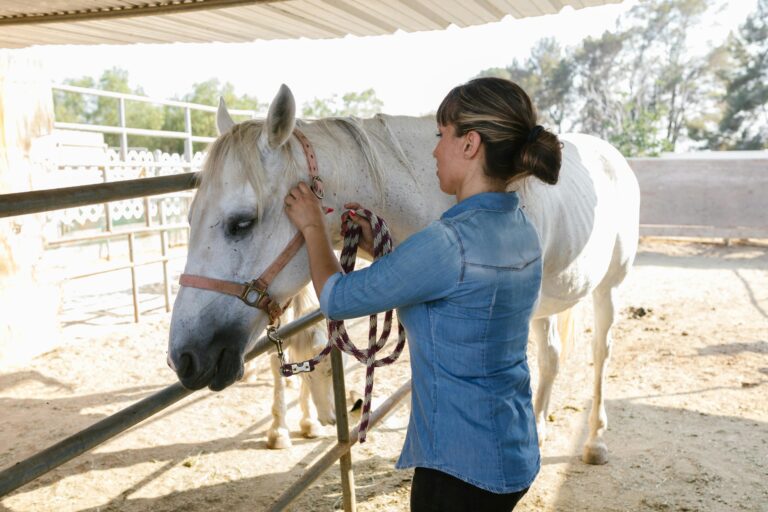When you hit the road with your horse, safety should be your top priority—and that includes protecting their legs. Whether you’re trailering across town or across state lines, using proper leg protection can help prevent injuries, reduce stress, and ensure a smoother ride. Here’s what you need to know about how and why to protect your horse’s legs while traveling.

Why Leg Protection Matters
Horse trailers are tight, enclosed spaces. Even the most seasoned travelers can lose balance, scramble at stops, or shift suddenly during turns. In these moments, a horse may knock or scrape their legs against walls, divider bars, or even their own hooves.
Leg injuries in trailers can include:
- Cuts and scrapes from walls or surfaces
- Swelling from minor knocks or constant shifting
- Trauma to fetlocks, tendons, or cannon bones
- Pulled shoes or hoof bruises
Using leg protection helps minimize the risk of these common travel injuries, especially during long trips or when transporting nervous or inexperienced horses.

Types of Leg Protection
There are two main types of leg protection commonly used during trailering:
1. Shipping Boots
These tall, padded boots cover the leg from the knee or hock down to the hoof, providing coverage for the cannon bone, fetlock, pastern, and coronary band.
Pros:
- Quick and easy to apply
- Wide coverage area
- Adjustable Velcro straps
- Great for short or long trips
Cons:
- Can shift if not properly fitted
- Not all horses tolerate them well at first
2. Standing Wraps (with Quilts or No-Bow Bandages)
Used more often for longer hauls, standing wraps offer support and protection when applied correctly.
Pros:
- Custom fit to each leg
- More breathable for long hauls
- Can provide compression
Cons:
- Require proper wrapping technique to avoid injury
- Time-consuming to apply
Standing wraps are best used by handlers with experience. A poorly wrapped leg can do more harm than good.
When to Use Leg Protection
Use leg protection if:
- Your horse is traveling for more than 30–60 minutes
- The horse is young, green, or nervous
- The trailer is shared with other horses
- You expect frequent stops, traffic, or tight turns
Even calm horses can benefit from boots as a precaution. For ultra-short trips (like a 10-minute haul), some handlers may choose to go without, but for anything more, boots are strongly recommended.
Acclimating Your Horse
Some horses may react negatively the first time you apply shipping boots. To avoid surprises:
- Introduce boots at home well before travel day
- Let your horse wear them in a safe area for short periods
- Monitor for rubbing, shifting, or agitation
Never try leg protection for the first time right before loading.

Final Thoughts
Travel comes with enough unpredictability, protecting your horse’s legs is one step you can control. Whether you choose shipping boots or standing wraps, applying leg protection helps prevent avoidable injuries and gives you peace of mind on the road. Take the time to fit and introduce them properly, and your horse will thank you with every safe step




